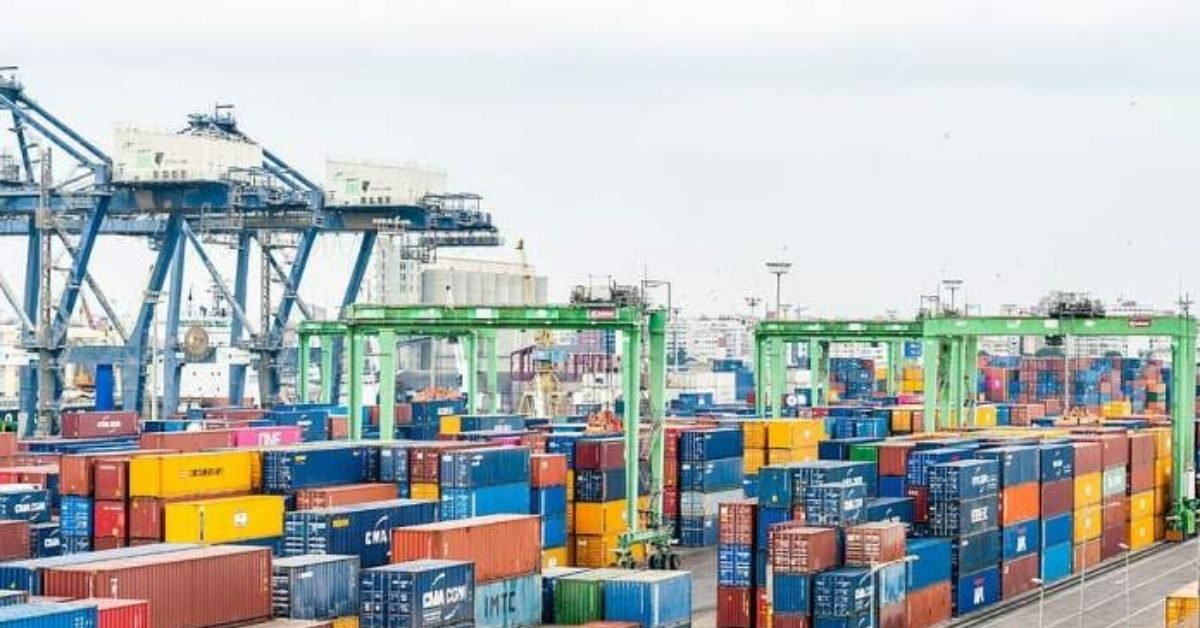The Logistics Division of the Ministry of Commerce and Industry has unveiled plans for the ‘Freight Smart Cities’ on Friday, July 2. It also launched a website and a handbook focusing on measures to improve the urban freight system.
Freight Smart Cities- Managing the movement of goods
Freight, in simple language, means goods or cargo. These may be carried or transported by a ship, train, truck, or airplane.
India is rapidly moving towards urbanization, which has led to an increase in economic growth, including e-commerce business. E-commerce requires the transportation of goods for on-time delivery of products to the consumer. Indian cities are driving the economic activity of the nation, contributing more than 63% of the national GDP. This prompted the need for a first and last-mile freight movement.
Further, a need for a better freight movement was felt in response to the increasing congestion, noise, and sound pollution in the Indian cities which is affecting both public health and local economies.
The Logistics Division has decided to work in a planned manner to improve the city freight movement. Thus, giving birth to Freight Smart Cities.
To begin with, 10 cities will be developed as Freight Smart cities. Further, an institutional mechanism for the same involving the Government, private stakeholders like logistics services providers, users and citizens will be set up.
Why the development of Freight Smart Cities is important
It is expected that 124 million people will be added to cities in this decade in India, thereby adding to an increase in the demand for urban freight by 140%. Further, the e-commerce market is expected to grow to Rs 11 lakh crore by 2022.
Moreover, the existing urban freight system has certain drawbacks. 10% of India’s freight-related CO2 emissions are due to urban freight. These vehicles impact air quality as they contribute to 23 kilo tonnes of Particulate Matter (PM) emissions and 305 kilo tonnes of Nitrogen Oxides (NOx) emissions annually.
In addition to this, the present freight system is also responsible for 10% of road fatalities in cities, traffic congestion. Also, final-mile freight movement adds to logistics costs in e-commerce.
Thus, the new freight plan will not only address the above problems but also meet the increased demands in future, create job opportunities, enhance economic competitiveness, reduce environmental impacts and reduce logistics-related costs.
Measures to improve the freight system
The handbook released by the Logistics department focuses on 14 key measures to enhance the urban freight system. According to it, measures have been divided into four categories- vehicle use optimization, infrastructure development, demand and land use planning, and technology adoption. These categories suggest 14 key measures.
i) Vehicle use optimisation refers to optimising trip distance and the number of trips made by freight vehicles in the city. It suggests measures like shifting truck traffic to off-peak hours during the night, developing separate truck routes for truck operation and picking up returned goods to avoid empty running under the reverse logistics concept.
ii) Infrastructure development for inventory management and transportation planning would help in controlling the emissions associated with freight movements. Under this, it has been suggested to develop urban consolidation centres, urban logistics spaces and hotels, logistics development and logistics parks and parcel delivery terminals.
iii) The demand and land use planning focuses on planning the rising demand of freight in cities to reduce peak hour traffic, promote sustainable practices and more. Measures such as industrial planning, bypasses and ring roads planning (building routes for heavy transport), modal shift planning (shifting transportation modes from roads to rail or waterways), parking and unloading zones (allocating spaces for freight use), and creation of low-emission zones have been suggested.
iv) The final category, technology adoption refers to digitalizing transportation and inventory management by making use of intelligent transportation systems and promoting electrification of urban freight.
The Freight Smart Cities plan will not only improve the urban freight system but also make it efficient and create opportunities by reducing logistics costs.
The Logistics Division was set up on 7 July, 2017 as a consequence of the Government of India (GoI) Rules, 1961 in the Department of Commerce, Ministry of Commerce and Industry. It aims to develop an action plan for the integrated development of the logistics section in the nation, by way of policy changes, advances in existing procedures, finding
gaps and introducing technology in this sector.
On the Freight smart city initiatives, the Logistics Division is working closely with GIZ (Germany) under Indo-German Development Cooperation, Rocky Mountain Institute (RMI) and RMI India.
source : News on Air







